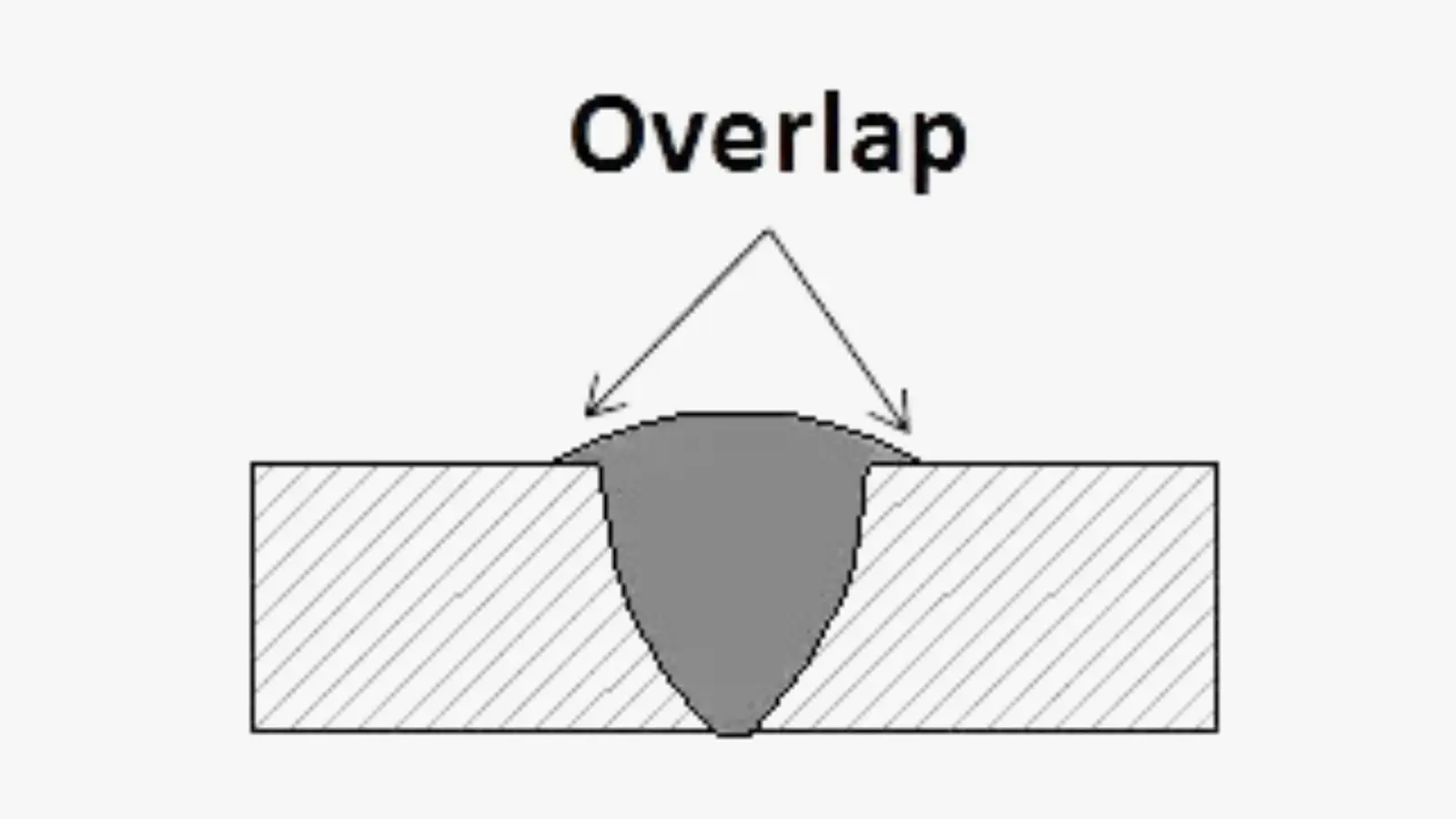Preventing Weld Undercut Demystified: Strategies for Success
Wiki Article
Grasping the Art of Welding: Just How to Avoid Undercut Welding Issues for Flawless Fabrication Results
By recognizing the root triggers of undercut welding and implementing effective techniques to avoid it, welders can raise their craft to new levels of excellence. In the quest of remarkable fabrication results, mastering the art of welding to avoid undercut concerns is not just an ability but a need for those aiming for excellence in their job.Recognizing Undercut Welding

To prevent undercut welding, welders must make certain appropriate welding parameters, such as adjusting the existing, voltage, traveling speed, and preserving the appropriate electrode angle. By understanding the reasons of undercut welding and executing precautionary actions, welders can achieve top notch, structurally sound welds.
Reasons For Undercut in Welding
Recognizing the aspects that add to undercut in welding is necessary for welders to create top notch, structurally audio welds. When the weld metal does not properly fill the groove formed between the base metal and the formerly transferred weld metal, damaging happens. A number of elements can bring about damage in welding. One typical cause is excessive heat input. Welding at high temperature levels for prolonged durations can lead to the base metal thawing even more than preferred, bring about damage. Insufficient welding current or wrong welding rate can also add to damage. Not enough current might not provide enough heat to melt the base and filler metals appropriately, while too much speed can prevent proper blend, triggering undercut. Furthermore, improper electrode angles or wrong lantern manipulation strategies can develop locations of low weld steel deposition, advertising undercut. Understanding these reasons and implementing appropriate welding methods can assist stop undercutting issues, making certain strong and resilient welds.Methods to avoid Undercutting

To mitigate the risk of damaging in welding, welders can employ calculated welding techniques focused on enhancing the high quality and stability of the weld joints. One efficient approach is to readjust the welding criteria, such as voltage, existing, and take a trip rate, to ensure proper heat input and deposition. Maintaining a suitable electrode angle and guaranteeing constant Home Page travel speed can likewise help avoid undercut. Furthermore, utilizing the appropriate welding method for the particular joint setup, such as weave or stringer beads, can add to reducing damaging. Preventing weld undercut.
Furthermore, proper joint prep work, consisting of guaranteeing clean base products without contaminants and using the proper welding consumables, is crucial in protecting against undercut defects. Employing back-step welding methods and managing the weld grain account can also assist disperse warmth equally and lessen the danger of undercut. Normal assessment of the weld joint during and after welding, along with carrying out quality control measures, can help in resolving and discovering undercutting problems promptly. By carrying out these techniques carefully, welders can achieve perfect fabrication results with very little undercut issues.
Importance of Proper Welding Specifications
Picking and keeping ideal welding specifications is essential for achieving successful welds with very little issues. Welding criteria refer to variables such as voltage, current, travel speed, electrode angle, and protecting gas flow rate that straight affect the welding procedure. These criteria have to be carefully adjusted based on the kind of material being welded, its thickness, and the welding technique utilized.Correct welding specifications ensure the right amount of heat is put on melt the base steels and filler product evenly. If the criteria are established expensive, it can bring about too much warmth input, creating burn-through, distortion, or spatter. On the other hand, if the parameters are too reduced, insufficient combination, lack of penetration, or undercutting might take place.
Quality Control in Welding Workflow

Verdict
To conclude, understanding the art of welding calls for a comprehensive understanding of undercut welding, its causes, and methods to stop it. By making sure proper welding specifications and implementing high quality guarantee methods, perfect construction outcomes can be attained. It is essential for welders to regularly make every effort for excellence in their welding procedures to avoid undercut concerns and create high-quality welds.Undercut welding, an usual issue in welding procedures, occurs when the weld steel doesn't effectively fill up the groove and leaves a groove or anxiety along the bonded joint.To stop undercut welding, welders must make sure proper welding specifications, such as readjusting the present, voltage, traveling rate, and maintaining the proper electrode angle. Insufficient welding existing or wrong welding speed can also contribute to damage.To reduce the danger of damaging in welding, welders can use calculated welding strategies intended at enhancing the top quality and honesty of the weld joints.In conclusion, mastering the art of welding needs a thorough understanding of undercut welding, its causes, and methods to stop it.
Report this wiki page